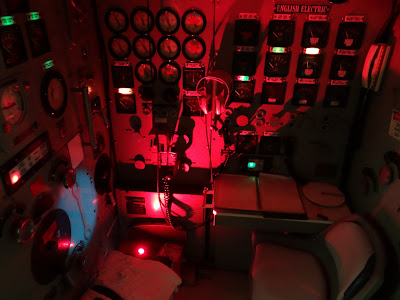Commissioned in December 1969, HMAS Onslow (SS60/SSG60) proudly served the Royal Australian Navy (RAN) until March 1999, and was one of six British designed (Scottish built) Oberon class aka 'O' boat submarines purchased by the RAN in the 1960s.
Ordered in 1963, Onslow was laid down at the end of 1967 by Scotts Shipbuilding and Engineering Company in Scotland, launched almost a year later, and commissioned into the RAN at the end of 1969. The submarine was named after the town of Onslow in Western Australia.
Although never involved in war, Onslow became the first conventionally powered submarine to be fitted with anti-ship missiles, and was successful in wargames "sinking" a seven-ship flotilla during Exercise Kangaroo 3 in 1980, and the United States Navy (USN) aircraft carrier USS Carl Vinson during RIMPAC 1998.
Onslow underwent a modernisation from 1982 - 1984 becoming the third Australian Oberon to complete a major upgrade. As part of the modernisation, integrated data processing and fire control systems and a Submarine Passive Ranging Sonar were installed. The torpedo payload was upgraded to the United States Mk.48 wire-guided torpedo. In addition to new torpedoes, the modernisation also allowed Oberon class submarines to carry and fire the Harpoon anti-ship missile through the torpedo tubes.
Upon decommissioning in 1999, HMAS Onslow was towed from HMAS Platypus in Sydney to the Australian National Maritime Museum at Darling Harbour (also in Sydney) where the retired boat continues to serve as a tourist attraction.
All Australian operated Oberon class submarines have since been replaced by the current fleet of six Swedish designed (Australian built) Collins class submarines.

























